latest

A few years ago, Apple shook up the mobile market by shipping its latest iPhones and iPads with a lidar sensor. So far, they are still the only players in the game to make this feature available on their phones. However, the technology has a long pedigree, and many modern phones have features based on the same principles. So what is lidar, and what can you do with it?
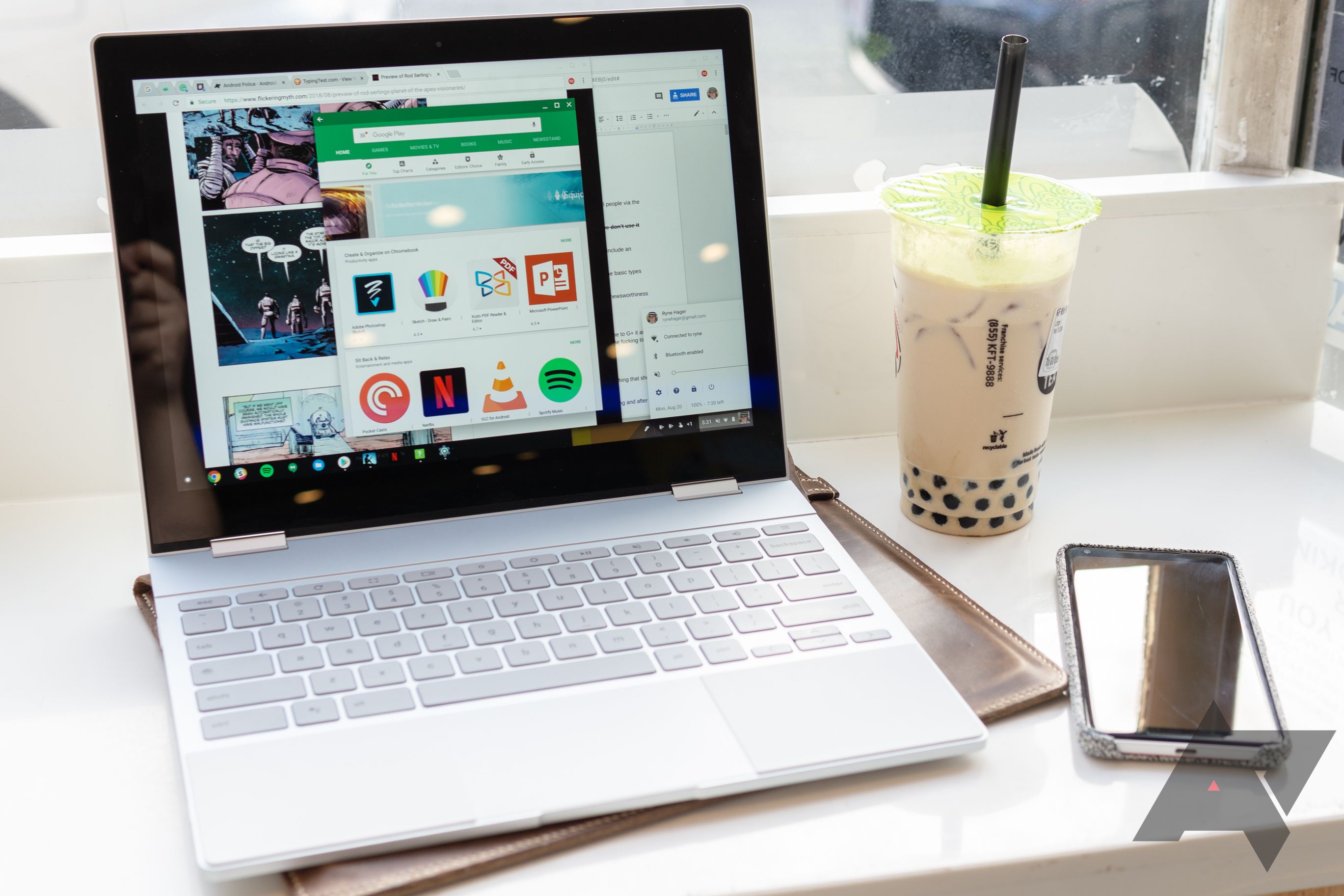
Chromebooks with Face ID authentication may be just around the corner
A new sensor could allow for face unlock, presence detection, and more, much like we know from Windows 10 and 11
It looks like Google could add face unlock and other camera-based interaction options to upcoming Chromebooks and Chrome OS. 9to5Google found evidence that the company is working on integrating a "Human Presence Sensor" that would allow for similar features like Windows 10 and 11's Hello camera.

Chase is rolling out support for Pixel 4 face unlock more widely
Chase's Twitter support says it's slowly been rolling out since June 2
Read update
More and more apps support Android 10's biometrics API, which means that they work with the Pixel 4's face unlock mechanism for authentication, saving you from typing in your password or PIN over and over again. One of the Big Four banks in the US is now getting ready to jump on the bandwagon for its app: Chase. After an initially extremely slow rollout, it seems that the feature is now in the hands of many more people.

Wells Fargo now supports face unlock on Pixel 4 devices
Another major bank's development team is finally embracing the Biometric API
When the Pixel 4 was launched last year, many people praised its fast face unlock system. It didn't do much good, though, unless it worked with the apps you used, and that wasn't likely at launch. Google introduced a new version of the Biometric API for Android 10 that worked with authentication methods such as fingerprints and faces, but it meant that developers had to add this updated API into their apps first. It took a while, but many bigger banking institutions are starting to support it, and now you can add Wells Fargo to that list.
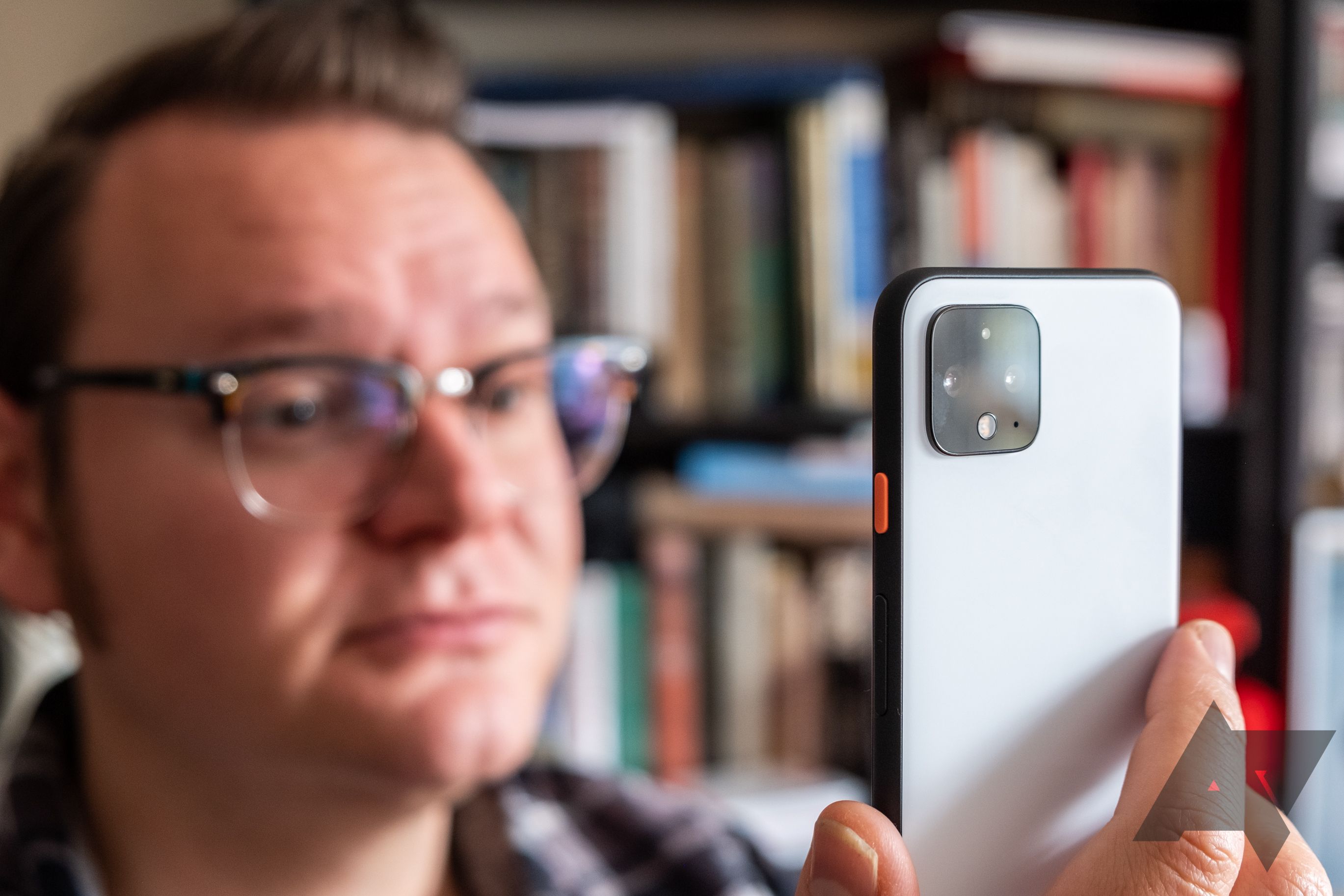
Discover's banking app now supports face unlock on the Pixel 4
More and more apps support the new biometrics API
The Pixel 4 and Android 10 brought us a new approach to biometric unlocks in the form of face recognition. To implement that technology, Google had to introduce a biometrics API that isn't compatible with the fingerprint interface of old. That's why all apps that have previously supported biometric fingerprint authentication have to be updated to work with the new API, which seems to be a painfully slow process. The latest app to add biometric face unlock is Discover's banking app.
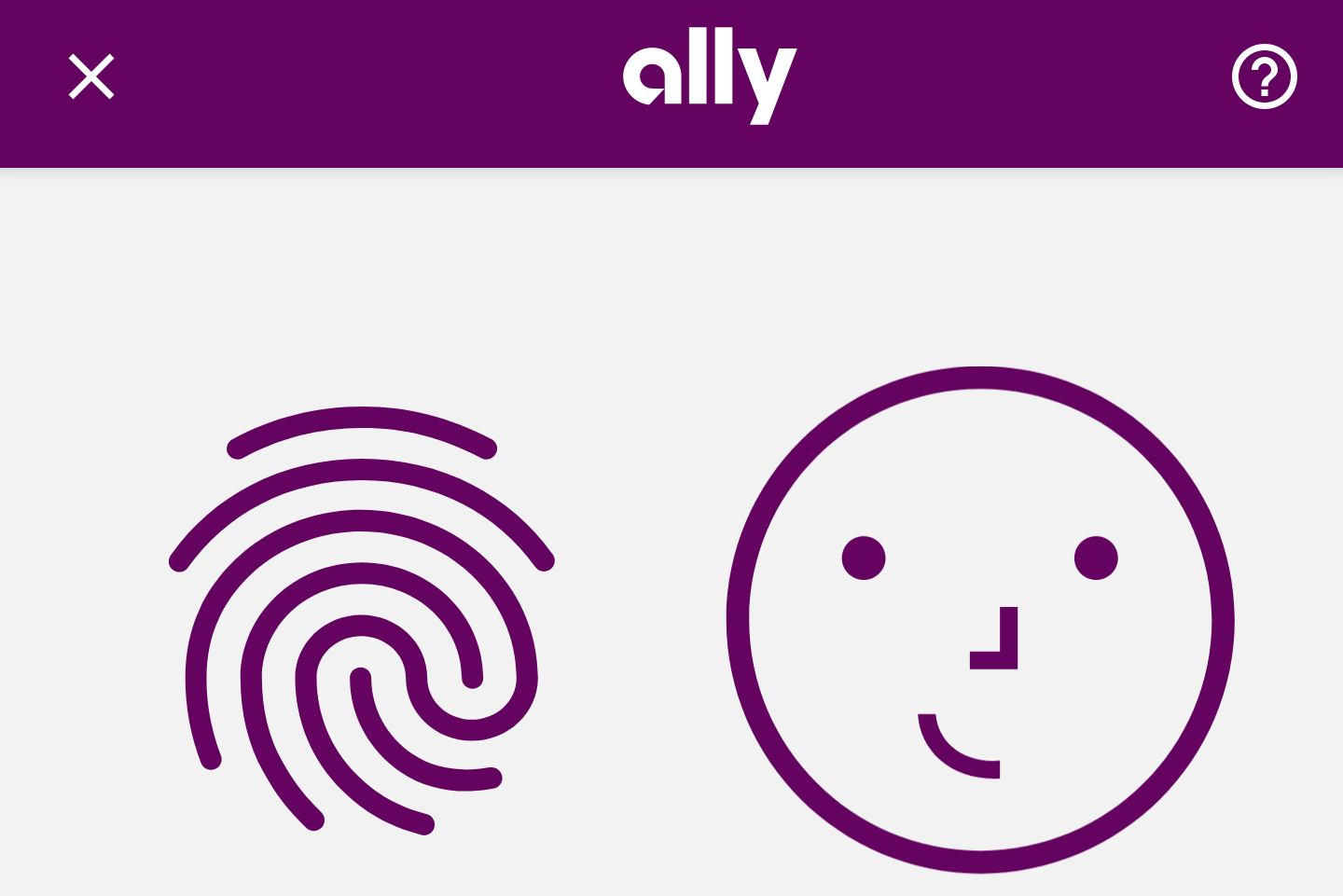
More and more banking apps are adding support for Android 10's new biometrics API that allows you to use the Pixel 4's face unlock mechanism to access your account, mitigating the need to fill in your password over and over again. Ally Bank is the latest financial institution to join this growing group. The newest version of the Ally Mobile app now supports both fingerprint and face unlock, depending on your device.
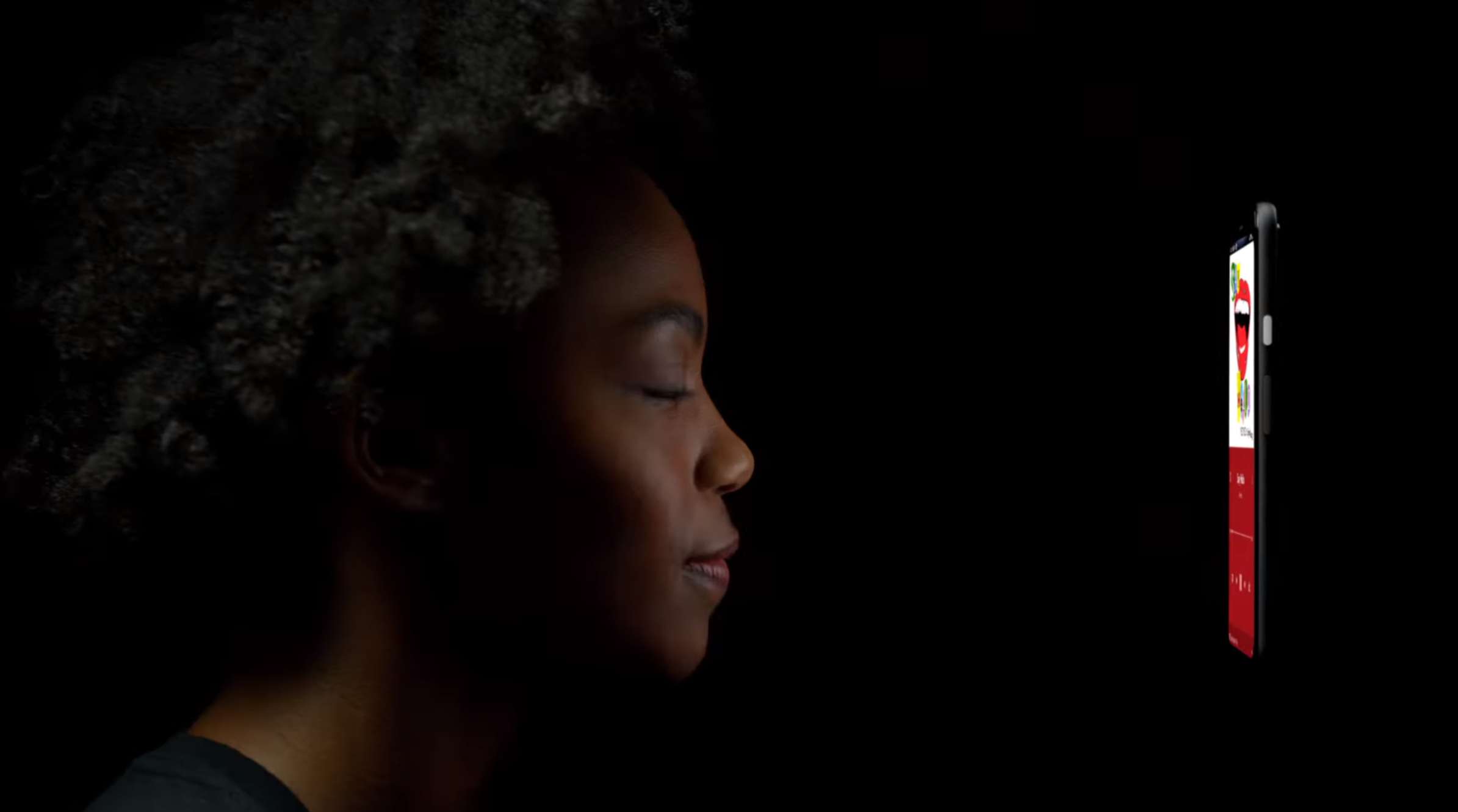
Google has switched from a fingerprint reader to an Apple-style "face unlock" system on its new Pixel 4, but it seems that Google may not have taken the same extra steps when it comes to customer security and privacy that Apple did. While the iPhone (by default) needs you to have your eyes open for Face ID to work in what it calls an "attention" requirement, Google's system is happy to unlock your phone even with your eyes closed.

If you're working on any kind of software that utilizes facial recognition — a secure Face ID camera system for a phone is just one example that comes to mind — you need a good amount of data in order to train the AI that powers it. Google isn't exactly new to the data collection game, but you might be surprised to learn that it's been doing so via such an old-fashioned method.
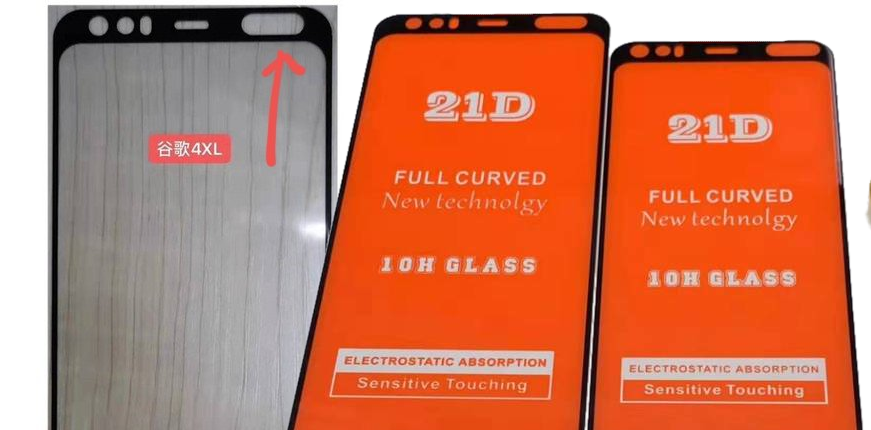
Two sets of images related to the upcoming Pixel 4 have appeared today. In addition to the earlier renders that showed off the smaller Pixel 4 for the first time (that we know of), noted leaker IceUniverse earlier tweeted out a pair of photos showing off what appears to be either the front-facing glass for the Pixel 4 and 4 XL or screen protectors for the two phones. Either way, a honkin' cutout on the right side of that now-familiar top bezel raises some questions — or potentially answers them when it comes to those "Face Authentication" details spotted in Android Q.
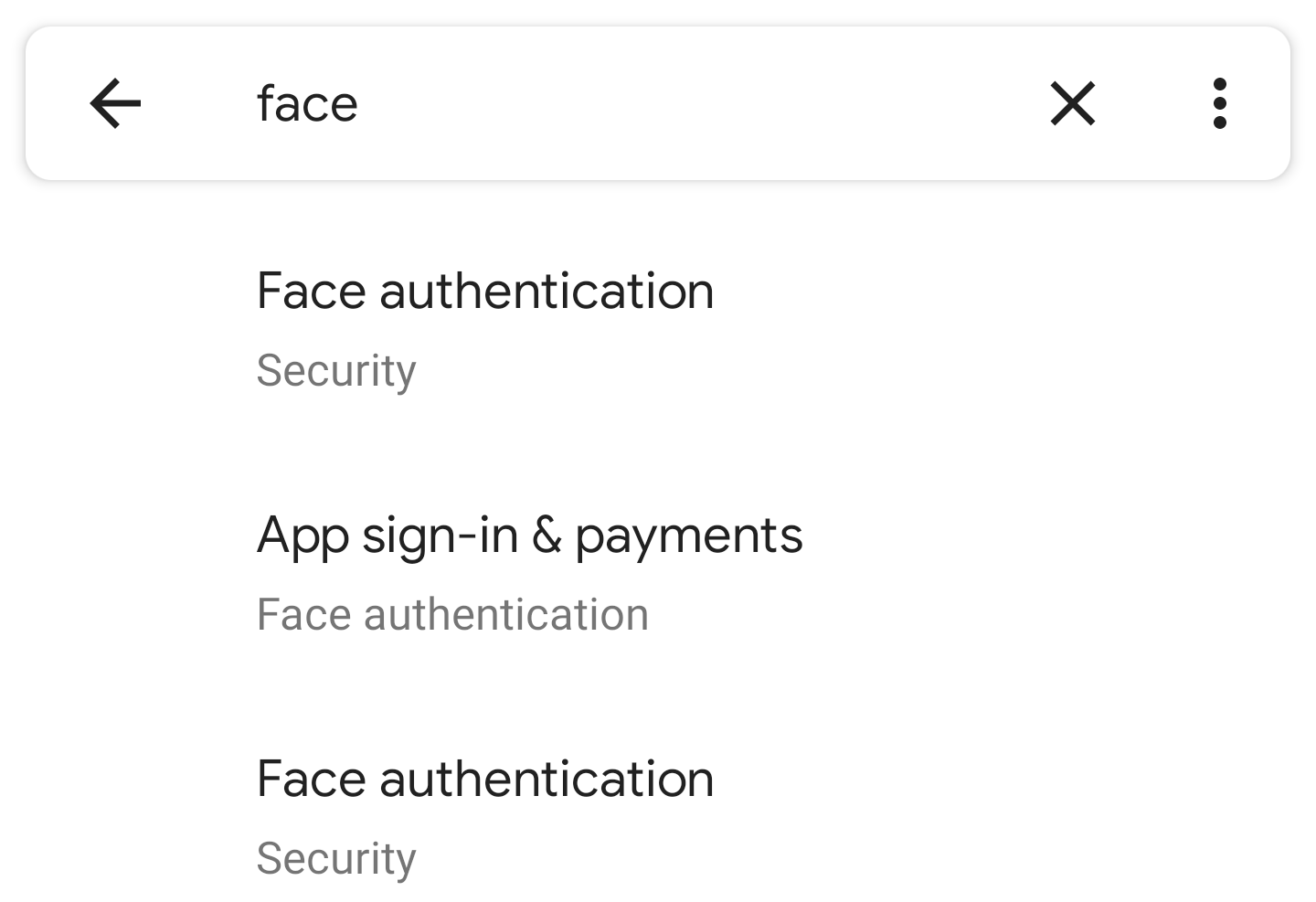
Google's plans for better face recognition have been known for a while. After all, Apple's Face ID is so good that Google has to do something to play catch-up. According to teardowns by both 9to5Google and XDA Developers, new "face authentication" labels (strings) for settings options are hidden in Android Q Beta 4, and a search of the Settings app is showing related settings for some.

We're likely a couple of months away from the first developer preview build of Android Q, but already we know a fair amount about what to expect from the next major version. Most excitingly, we could be finally getting a system-wide dark mode. We can now say with a greater degree of certainty that Android Q will carry the version number 10, plus we've learned a few more tidbits.

Both XDA Developers and 9to5Google have spotted another upcoming feature in Android Q: more secure native facial recognition. Think Apple's Face ID rather than Android's existing Trusted Face system. Other OEMs like Xiaomi and Huawei have already shoehorned in their own facial recognition solutions, but now Google is bringing the feature to the (literal) source.

Facial recognition on Android isn't the most robust method of securing your phone; it even says as much when you set it up. It shouldn't be very surprising, then, that it can be fooled by what is probably the least likely thing someone trying to get into your device will have access to: a lifelike, 3D-printed replica of your head.
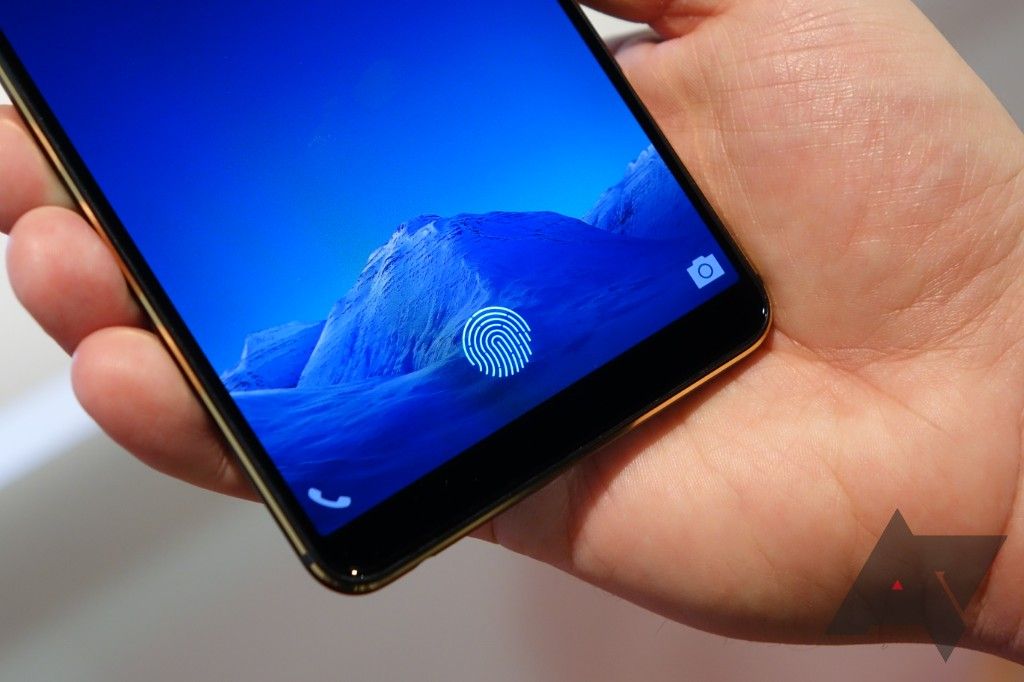
Here at CES 2018, I had a chance to look at what some of us probably considered mere fantasy a few short years ago: a fingerprint scanner that can see through a smartphone display. It sounds like something that must be so complex it would be beyond explanation, but really, the basic principles aren't terribly difficult to grasp.






